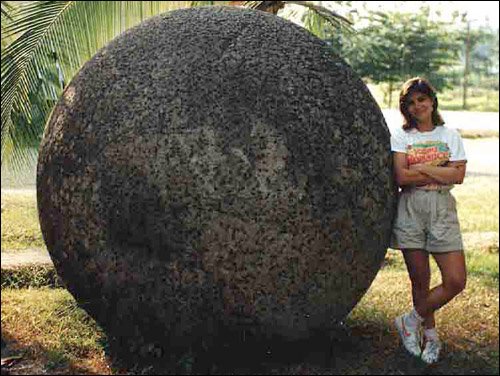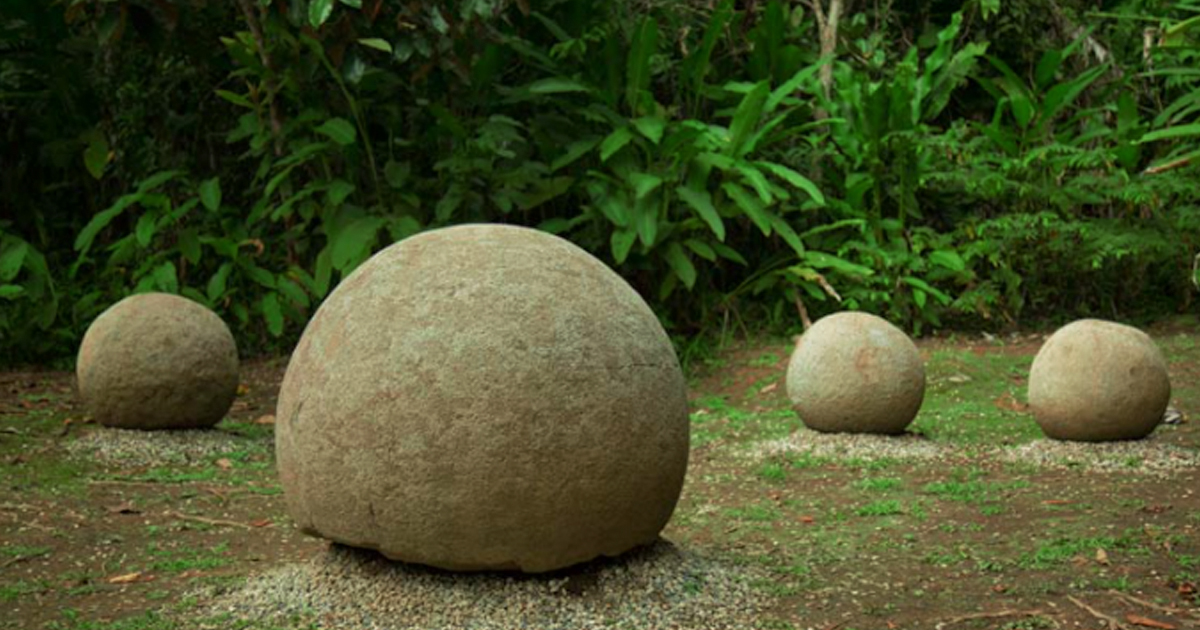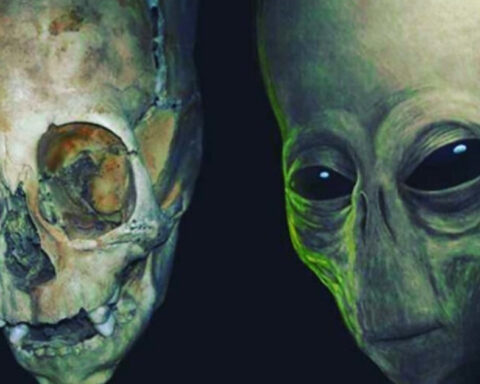The universe is full of mysterious structures. While some of these befuddling mechanisms are relatively new, the majority are centuries old and much more befuddling.
Since, while the Georgia Guidestones’ intent and creator’s inspiration remain unknown, we do know that they were built with modern machinery.

Since they were built in a time and place when stone and wood were the only resources available and human muscle was the only source of power, structures like the Easter Island moai and the Serpent Mound near Peebles, Ohio, are more difficult to comprehend.
Both enigmatic structures, however, do not have to be on the same megalithic scale as the moai or Serpent Mound. In comparison, Costa Rica’s stone spheres are smaller, but no less mysterious.
Scientists are also baffled by the stone balls found by United Fruit Company workers clearing land for fruit plantations.

This is a relatively new mystery.
Costa Rica’s stone spheres are relatively recent in terms of archeological mysteries. For thousands of years, people have been fascinated by Stonehenge and the Great Pyramids, but the stone spheres were only researched scientifically in the 1930s.
In Costa Rica, there are about 300 stone balls, the majority of which are concentrated in the Disquis Delta region. The largest is 16 tons and eight feet in diameter, while the smallest can be comfortably lifted by a single adult.
Many have stayed in their original positions, while others have been moved as a result of human activity, whether to preserve them or as a result of vandalism.

The motives of those who built the spheres are largely unknown. According to pottery found near the sites, the spheres were produced between 600 and 1000 AD, long before the Spanish conquests.
Of course, this method of dating the objects is problematic because it only tells you when people were last in the region around the spheres, not whether those people were the builders.
A large stone structure can be used for a variety of purposes and can last for thousands of years. Christians, for example, often repurposed ancient pagan temples as churches before allowing them to fall into disrepair.
Decades of research have shown no conclusive results.
The lack of hard evidence has left a hole in the reality regarding stone spheres, which many are willing to fill with pseudo-scientific theory.
The origins of the stones have been attributed to a variety of sources, including ancient aliens (a popular explanation for large mystery structures) and Atlantean survivors. Explanations that aren’t based on something, on the other hand, have no justification.
We have no idea who made the spheres or why they were built, to be honest. Based on better-documented cultures in the area, we can get a general understanding of what they were like.
Given Central America’s long history of large-scale stone carving, it’s fair to believe that whoever carved the spheres possessed a similar skill set.
They might have carved the spheres out of local rock, and since they’re spheres, they wouldn’t have needed a tribe of rocket scientists to position them.
We will never know why they did what they did. Archeologists must put together the builders’ motivations from the structures themselves because they left no written records. The stones, on the other hand, are silent, leaving the mystery unsolved.






